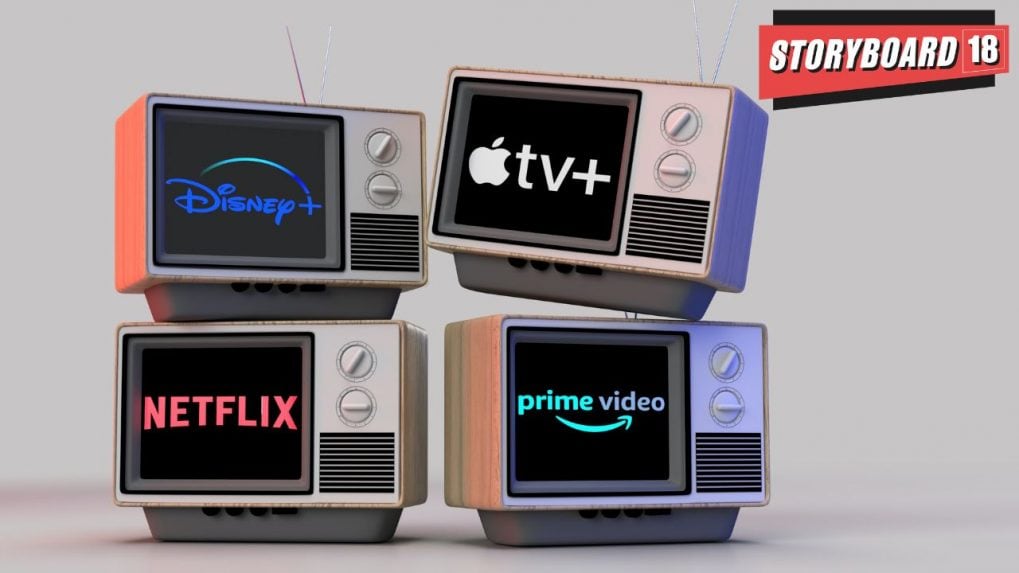What streaming services can learn from direct to consumer companies
A neutral interoperable technology stack for the streaming industry has huge benefits for the industry. Companies can focus more on their own sales and operations. More importantly, they need not worry about investing in a direction less technology stack, instead they can focus on building a universally accepted unit economics.
ADVERTISEMENT
“Over the next decade, TV and Streaming, will converge and create a robust, individual consumer market of 500-800 Mn via handheld devices and connected TVs”, said Sameer Nair in his LinkedIn post. ICC Men’s Cricket World Up 2023 garnered 518 Mn TV viewers and 295 Mn Digital viewers across Star Sports and Disney Hotstar. There is nothing like cricket for content and this pretty much defines the size of the Indian market. There was also a discussion on his feed about how these are monetised questioning the profitability of these investments. A professional view is that the demand side already exists, but the key is the right price point. Both to buy and sell. Turth be told, we still do not know this price point. Streaming services, world over are NOT profitable.
On a related note, last week, two of the leading content and technology companies, Paramount Plus and Apple TV Plus were looking to bundle their services to make their streaming services profitable. This is not new, Disney Plus and Hulu will be bundled together as a super streamer, just like Warner Bros and Discovery joined forces earlier. In all these cases, the combination of the services, cost less than the separate services. Bundling of services to hold on to the daily active users, despite being the leaders in the business of content, highlights just how quickly the content market is getting commoditised. And fragmented. And less profitable.
Streaming services are just like any other direct to consumer solutions. Companies around the world, pivoted to e-commerce in response to COVID-19 pandemic and the consumer behaviour changed for good. From restaurants to grocery stores, to coffee shops to traditional retailers to even content streamers, every company was putting their online store, to sell both their physical and digital goods. However, as the craze settled down to go online for everything, the reality is dawned slowly that it is the large retailers who are still the primary beneficiaries from this behaviour change. This is because they had invested in the e-commerce capabilities with proper fulfilment, follow through and a full understanding of the ecosystem.
McKinsey in its feature on Marketing and Sales practice, way back in 2021, talked about five traps to avoid risking crippling the ability to scale over time in e-commerce. First and foremost is the obsession to leading the e-commerce with a focus on technology, overlooking operations. Many companies did this mistake, even as their site went live, more often than not, they were out of stock! Secondly, almost nearly every company built a directionless tech stack without proper understanding of the ecosystem leading to a complex and bloated technology stack with no capability to rearchitect. The inability to invest over a longer period of time, poor understanding of unit economics and last but not the least building the e-commerce business very close to its core traditional business were the other three big traps.
Bundling of these various streaming services in order to become profitable has all these five traps written all over it. A fantastic technology stack, more often than not, is today without a proper digital sales and operational leadership. The main reason big tech companies lead the advertising industry today is in their capability towards building a solid self-serve platform. In order to drive Search, Google almost independently built a practice called Search Engine Marketing with a proper certification course. Secondly, almost every content company today has built a direction less stack without a proper understanding of the ecosystem. Read measurement. Without this understanding, it is nearly impossible to find the right price point, for scaling up. Equally important is the appetite to continuously invest and upgrade the technology and not keeping the streaming service too close to the linear TV business.
Most of the media stocks jumped Friday following the report on bundling of these services as it helps turn streaming services profitable. Essentially, this is like doubling down on distribution with same product. Increase access. Reduce price point and make it affordable. Ditto with streaming services. More pipes for the same content. In my view this is just the beginning. The commercial model for content production is very different from that of building the technology. Not all companies need to build the same technology over and over again and continue to invest in upgrading it, isolated from the ecosystem.
As such Apple and Paramount, Disney and Hulu, Warner Bros and Discovery, when they start bundling their streaming services, sooner or later will need to synchronise their technology stack too. It is the same consumer, who logs in and out of all these streaming services. When privacy regulations kick in and consent management becomes paramount, each of these technology stacks will need to incorporate interoperable transmission protocols, for their own compliance, leave alone the friction created for the consumer.
A neutral interoperable technology stack for the streaming industry has huge benefits for the industry. It enables the companies avoid all the five traps mentioned earlier. Companies can focus more on their own sales and operations. More importantly, they need not worry about investing in a direction less technology stack, instead they can focus on building a universally accepted unit economics. When technology is decoupled from content, it unlocks huge opportunities, as the companies can focus on proper sales and operations and not waste their precious resources of duplicating technologies.
Gowthaman Ragothaman is a 30-year media, advertising and marketing professional and CEO of Aqilliz, a blockchain solutions company for the marketing industry.

